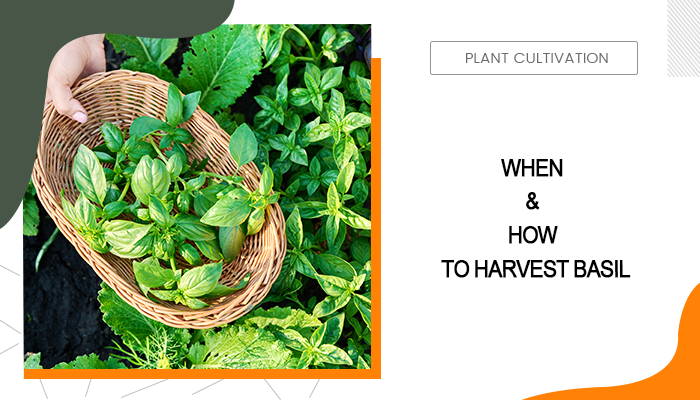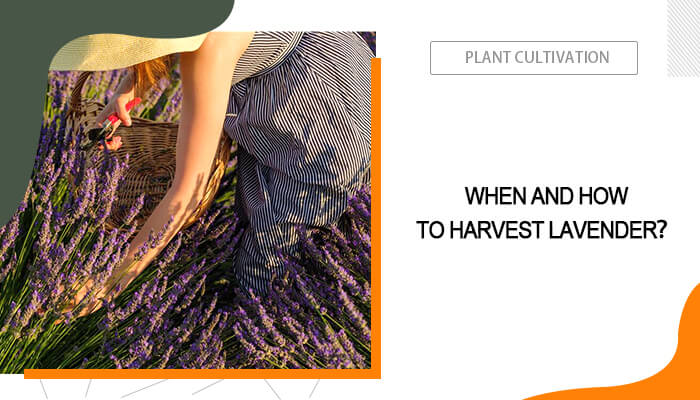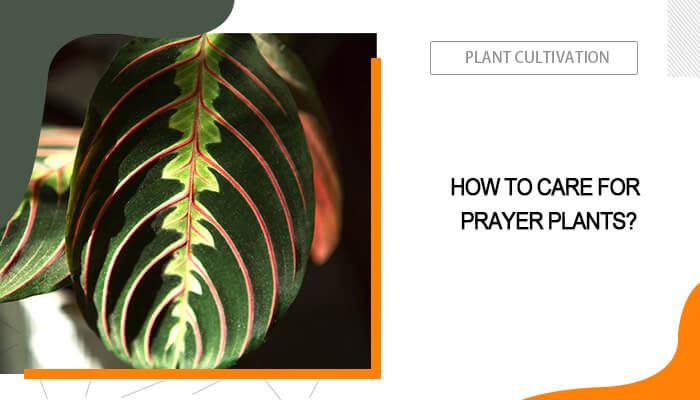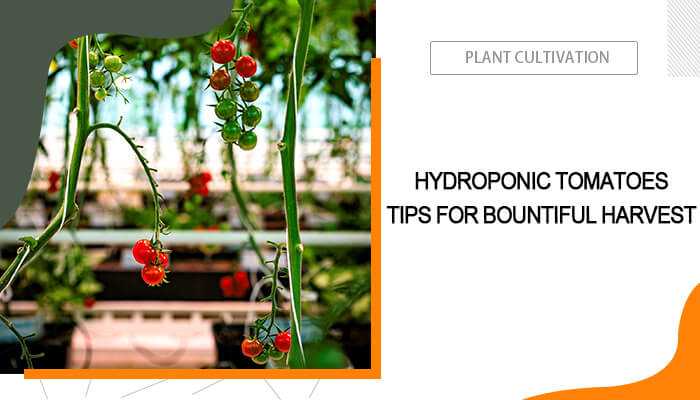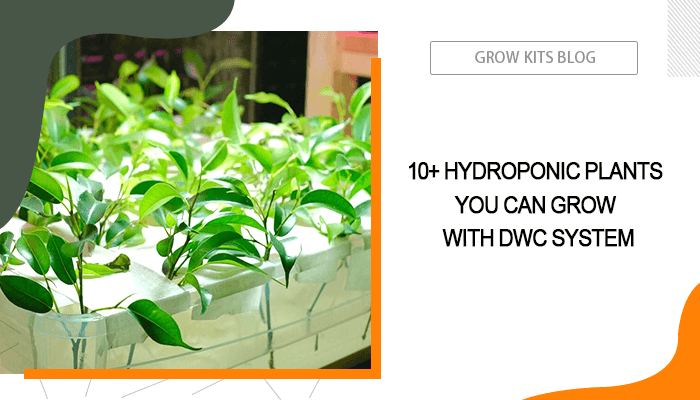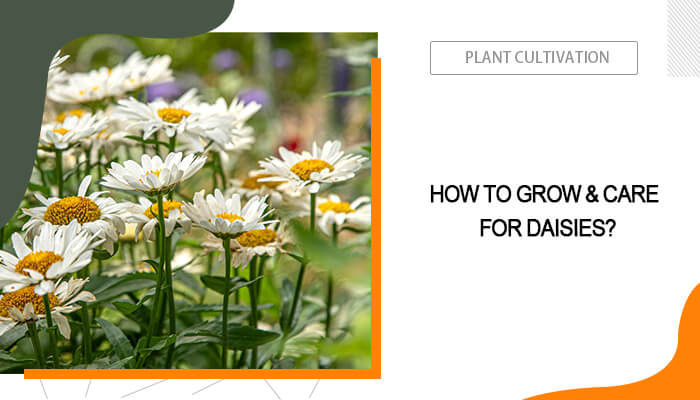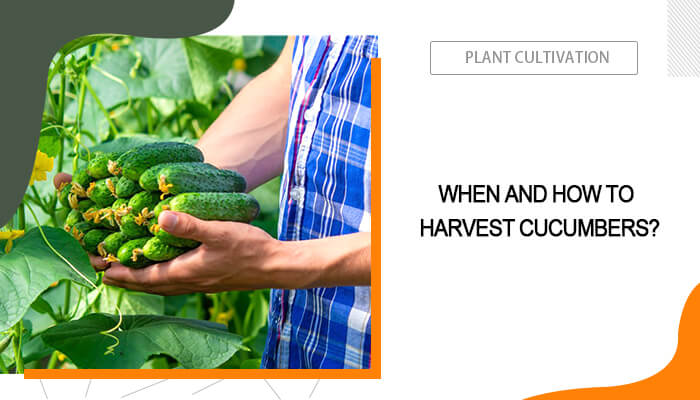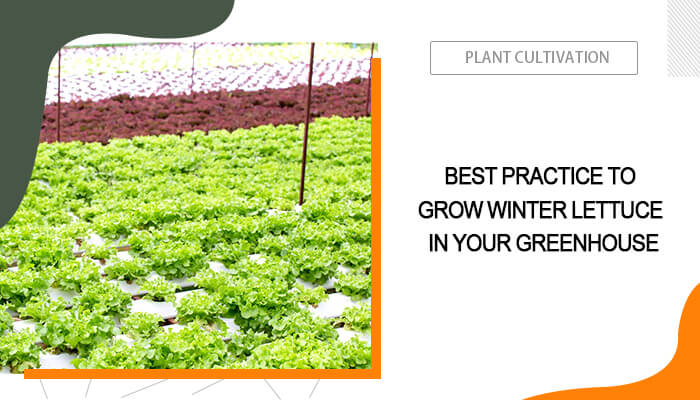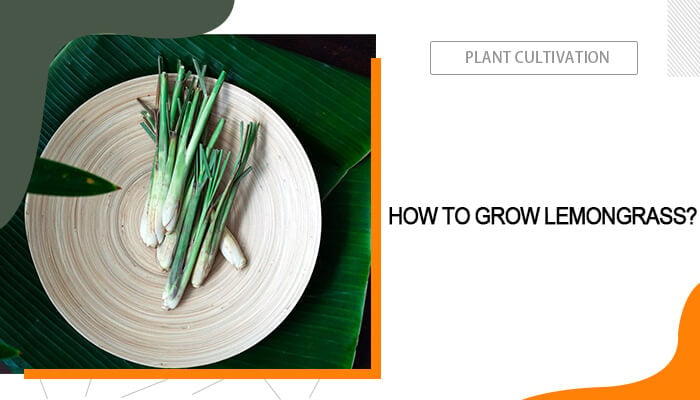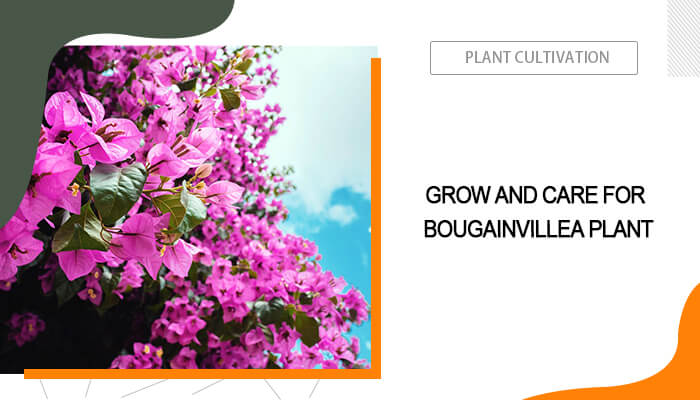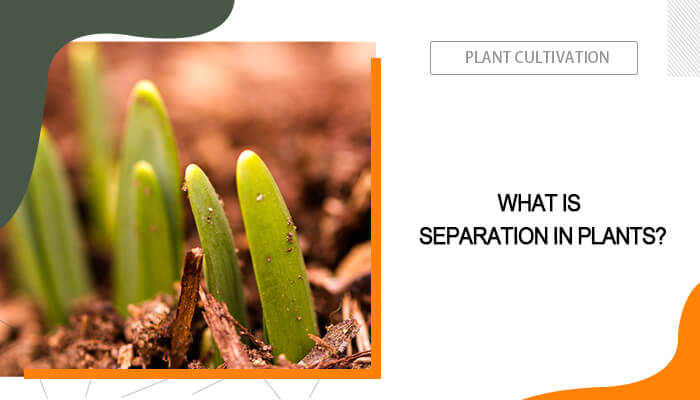How to Harvest Basil without Killing the Plant
Basils, regardless of their kind, are commonly seen in indoor gardens. The lush, fragrant leaves of basil not only add a fresh zest to dishes but are also packed with health benefits. If you are an indoor gardener looking to venture into herb cultivation, knowing how to harvest basil without killing the plant is key to maximizing its flavor and lifespan. Fortunately, this guide will walk you through everything from identifying the right time for harvesting to how to cut basil properly.
Table of Contents
When Is the Best Time to Harvest Basil
Long story short, a basil plant that is about 6 to 8 inches tall is usually ready for its first harvest. This height indicates that the plant has enough leaf mass to sustain itself even after some leaves are removed. To expand, when the plant possesses approximately 6 to 8 mature leaves and no flowers showing up, you may start trimming off individual leaves.
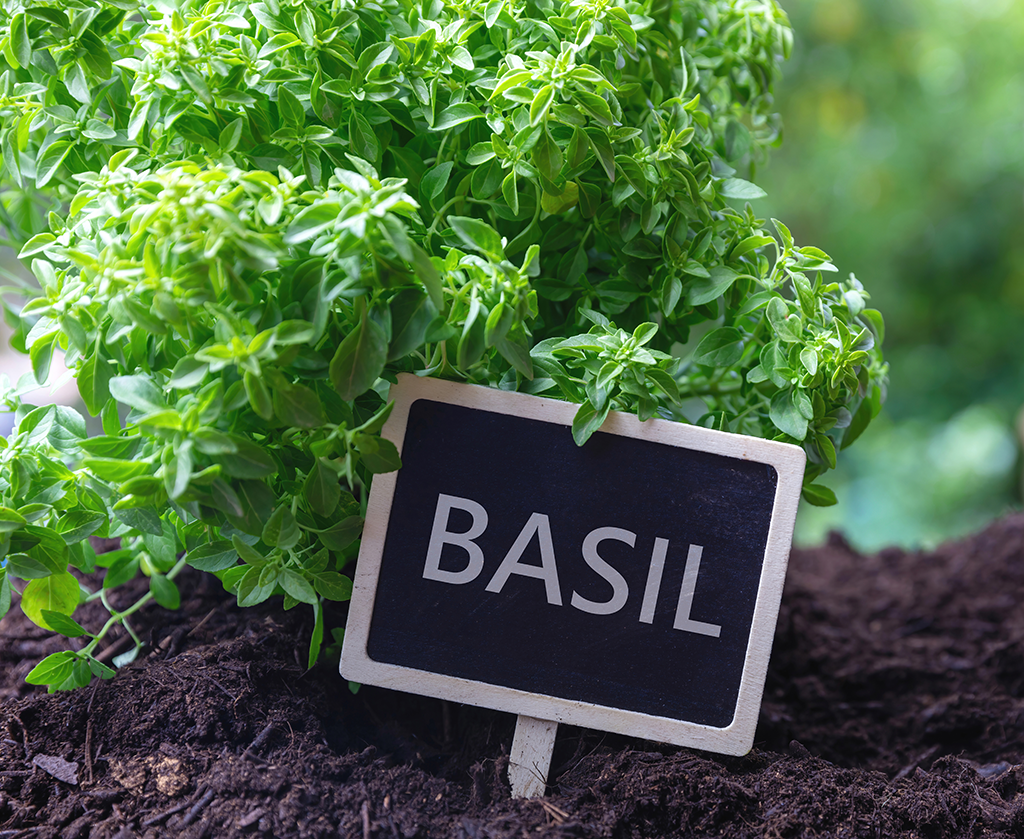
As for the prime time for harvesting, the best time of day to harvest basil is in the early morning hours after the dew has evaporated but before the midday sun begins to intensify. Why? In the early morning, the essential oils in the basil leaves are at their highest concentration, which means you’ll be picking the leaves when they’re most flavorful and aromatic.
How to Harvest Basil in the Right Way
Basil is a fast-growing plant, which gives you full chances to harvest it multiple times. Depending on how much basil you need, you can either harvest basil from the leaf or the stem.
For a Few Leaves: Pinch off individual leaves where they meet the stem, focusing on the top of the plant to stimulate more leaf production. When doing so, you should start from the top leaves to the bottom ones, as harvesting basil from the bottom can lead to lanky and scraggly plants.
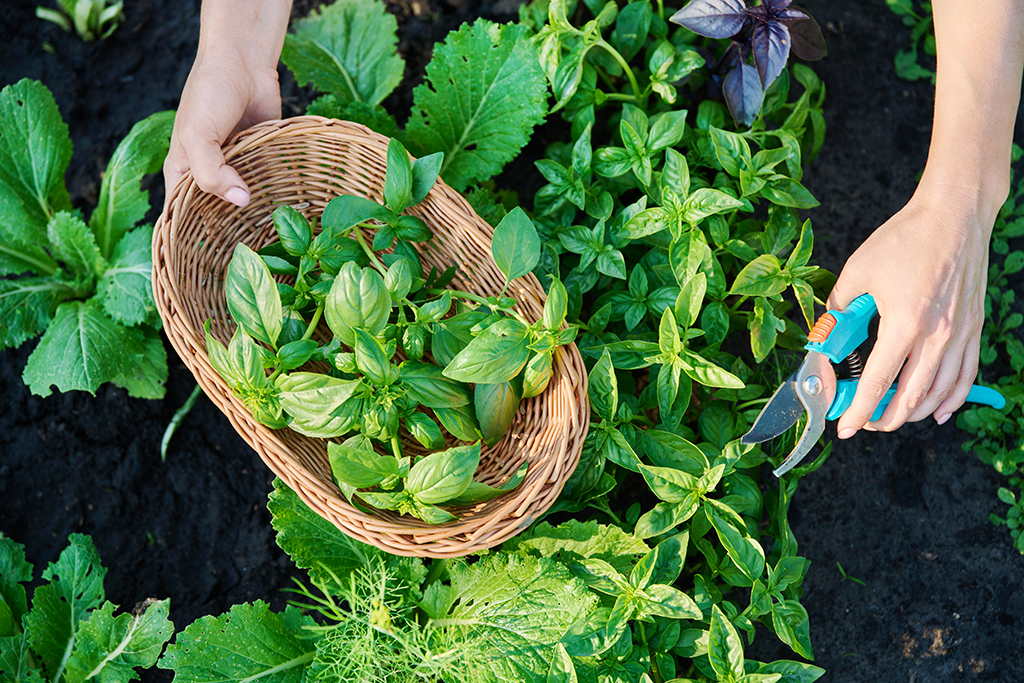
For Larger Harvests: Trim full stems from the top down. If the stems are thick, use your fingers or a small pair of scissors, cutting about ¼ inch above a node where leaves branch off the main stem. Do not remove more than a third of the plant's height at once to ensure continuous growth. Harvest evenly around the plant to promote further branching.
One thing you need to notice is that by the time mid-summer arrives, it's common for basil plants to start producing flowers at the branch tips. It's suggested to remove these flowers as soon as they appear to encourage the plant to focus on leaf production rather than seeding. Additionally, many chefs believe that the flavor of basil can turn bitter and alter if the flowers are left to grow.
How to Preserve Fresh Basil
After collecting fresh basil leaves, do not store them in the refrigerator - leaves will soon turn brown and rot. Instead, you can enjoy their vibrant flavor by preserving them in the following ways. Here are several effective methods to keep your basil fresh:
- Storing Basil in Water
Treat basil like a bouquet of flowers. Trim the stems and place the basil in a glass of water, covering the leaves with a plastic bag at room temperature. This method can keep basil fresh for up to 5 days.
- Freezing Basil Leaves
After thoroughly washing your basil, gently pat the herb dry with a towel or let it air dry. Spread the cleaned and dried basil - both leaves and stems - in a single layer on a baking tray. The tray should then be placed in the freezer. After that, leave the tray in the freezer for approximately one hour or until the basil is completely frozen.
Once the basil is frozen, transfer the leaves and stems to labeled and sealed containers. Before sealing, make sure to expel as much air as possible from the containers to minimize freezer burn and oxidation. The sealed containers of basil can be stored in the freezer for one to two months.
- Drying Basil
Tie basil stems together and hang them upside down in a warm, airy location out of direct sunlight. Once dried, crumble the leaves and store them in an airtight container. Alternatively, you can also place basil leaves on a baking sheet and dry them in an oven.
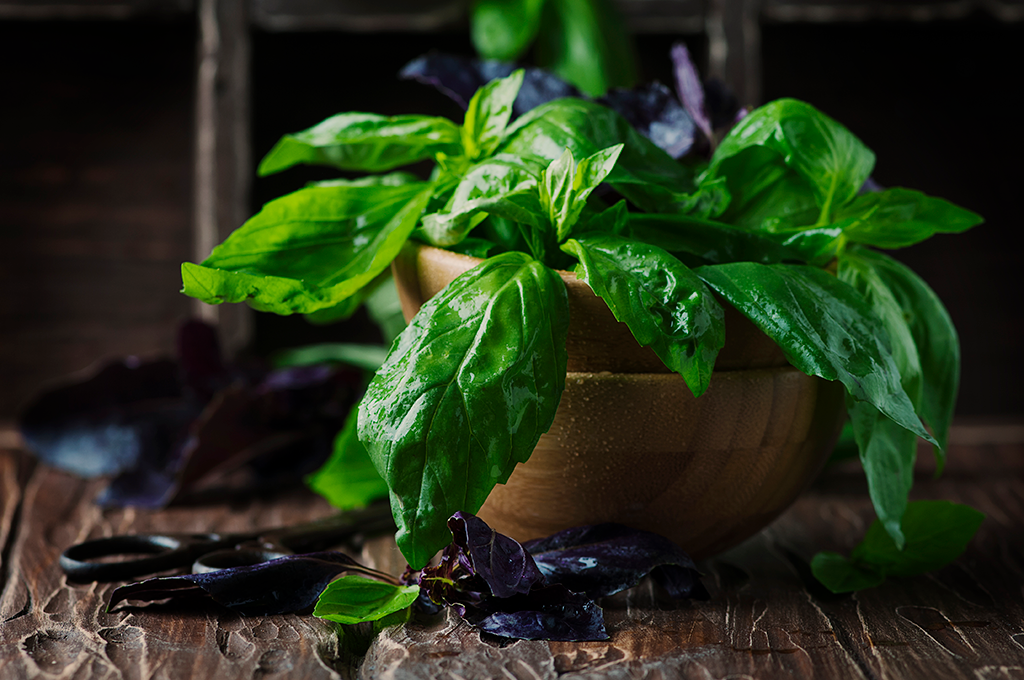
Summary
To ensure a continuous and abundant supply of basil, it's essential to harvest basil regularly, ideally every one to two weeks. This practice not only prevents the plant from flowering prematurely but also encourages it to produce more leaves. By following the 2 ways to harvest basil above, you can maintain plant health, enable photosynthesis, and ensure a steady yield of basil.




